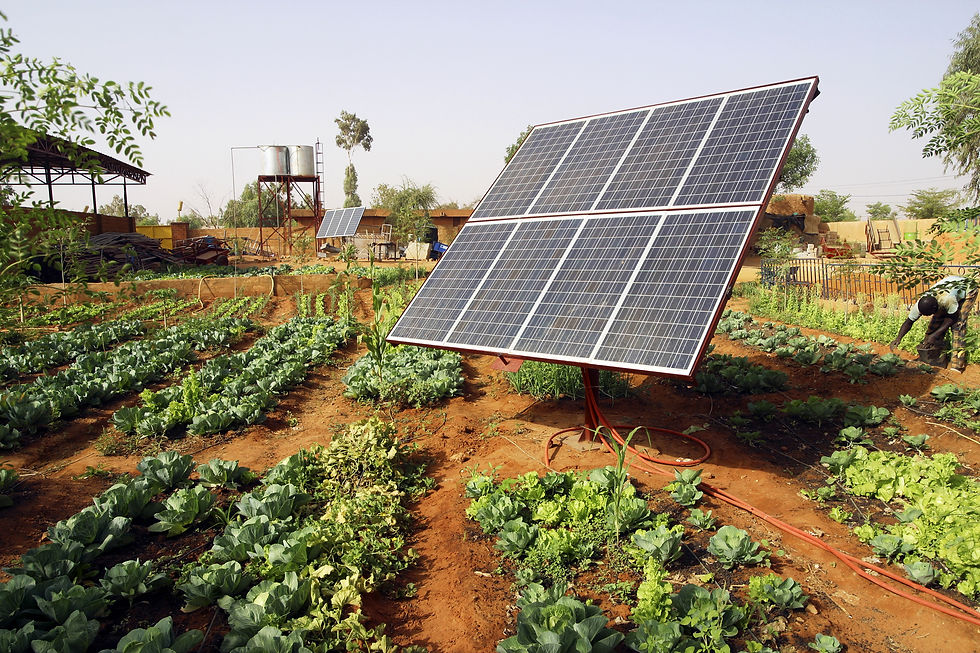By Ricardo Honório - Energy Channel

The combination of solar farms and low-lying vegetation can bring numerous benefits, not only for energy production, but also for various species of plants and animals. This land use model is proving to be a promising solution to address the environmental and energy challenges of our time.
Energy and Biodiversity: An Essential Combination
The use of productive areas for the installation of solar photovoltaic plants has always been a delicate issue, especially when it involves compromising fertile land intended for food production. However, the need for clean energy is as urgent as the need for food. The combination of these two worlds is essential to transform the global energy scenario and mitigate extreme weather problems.
As solar power plants expand across the world, we see that plant life, insects and animals are benefiting from this new form of land use. For example, ground cover can reduce erosion and enrich the soil, making it more fertile for food production.

The Ecological Crisis and Biodiversity Loss
The ecological crisis is accelerating globally, with a collapse in biodiversity that worries scientists and directly affects human life. The loss of natural habitats due to human encroachment is one of the biggest problems facing us. In this context, clean energy from the sun has proven to be a great ally in the fight against climate change. Solar farms are expected to cover millions of acres in the coming years, but it is crucial that they are built in a way that conserves life and biodiversity.

Challenges and Solutions
Experts agree that two major challenges need to be addressed simultaneously: energy production and biodiversity conservation. Solar farms are proving to be habitats for insects and small animals, providing food and shelter. In addition, low-lying vegetation can reduce erosion and enrich the soil.
A novel solution is agrivoltaics, which combines the right height of solar panels to allow for circulation of space beneath the panels. This creates a powerful combination of energy production, species conservation and food production.




Conclusion
The integration of solar farms with ground vegetation and agrivoltaic practices offers a sustainable solution to the energy and environmental challenges of our time. By promoting the coexistence of energy production and biodiversity conservation, we are paving the way for a more sustainable and balanced future.

Comments